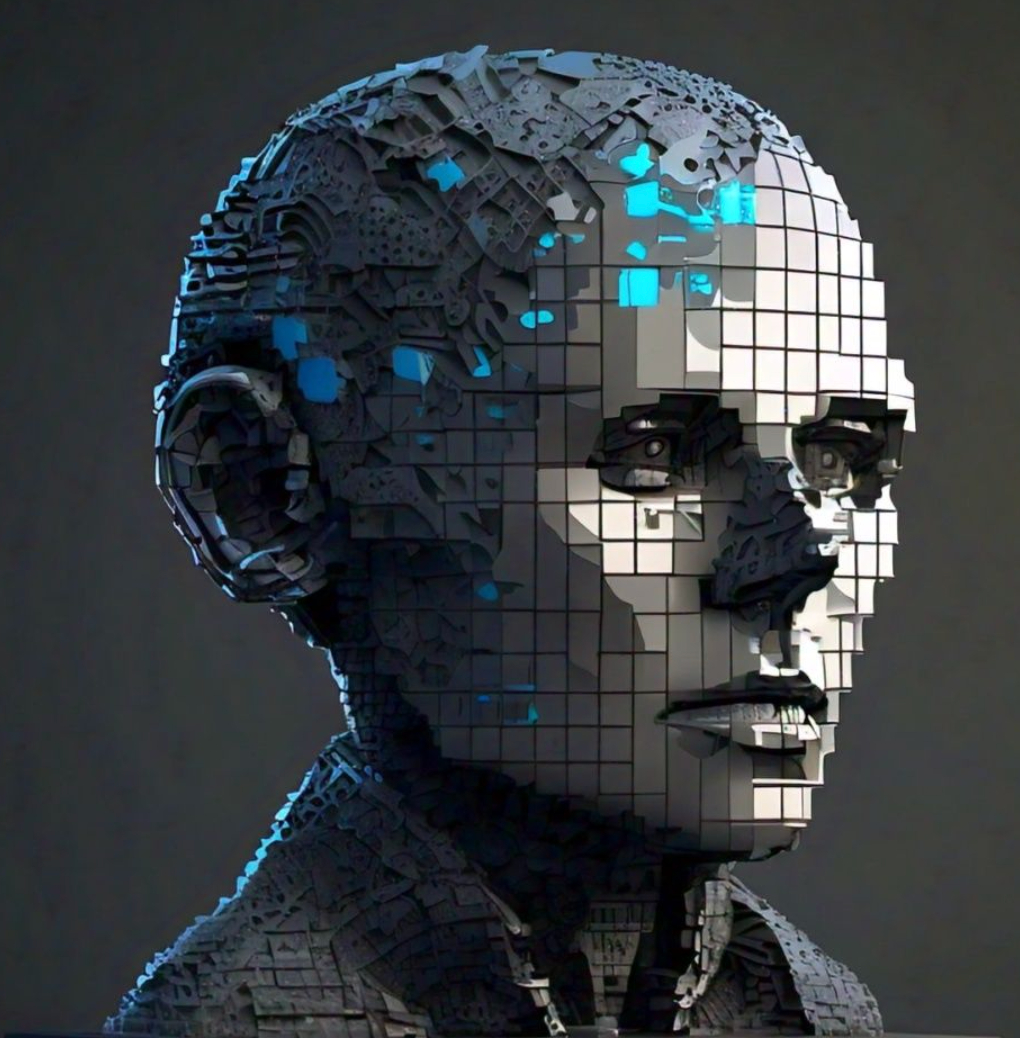169 reads
The Probabilistic Competition for Conscious Attention and the Influence of Disposition on It
by
September 4th, 2024
Audio Presented by

AIthics illuminates the path forward, fostering responsible AI innovation, transparency, and accountability.
Story's Credibility

About Author
AIthics illuminates the path forward, fostering responsible AI innovation, transparency, and accountability.